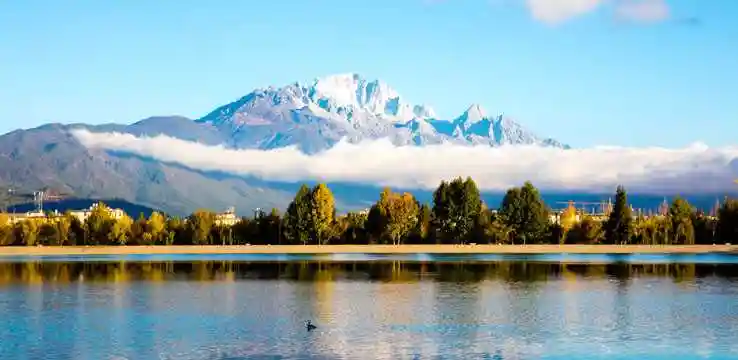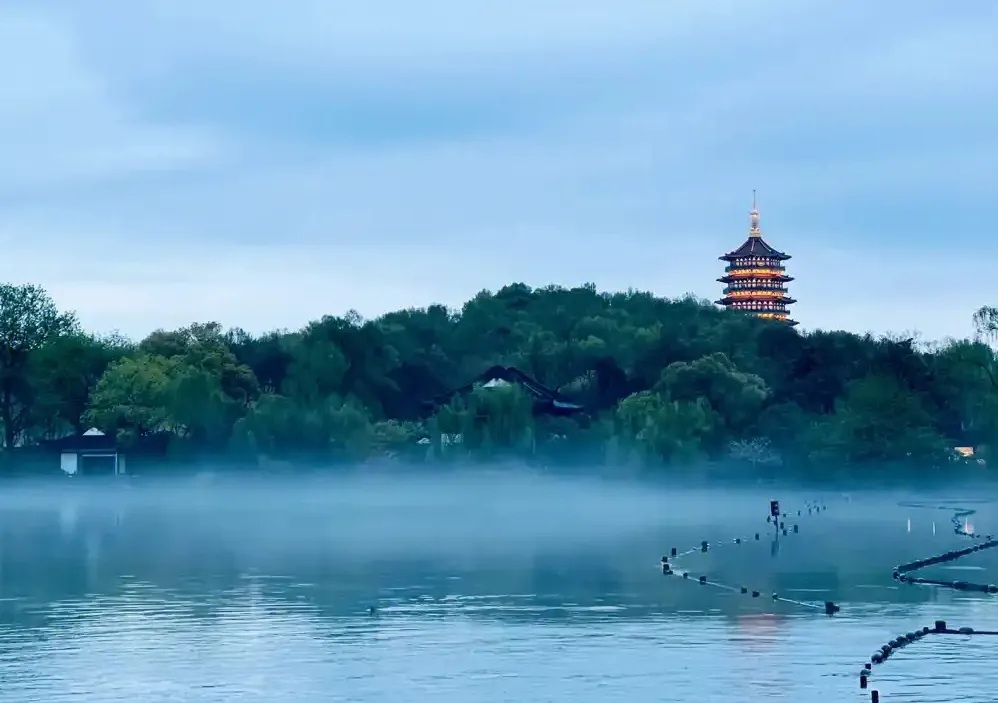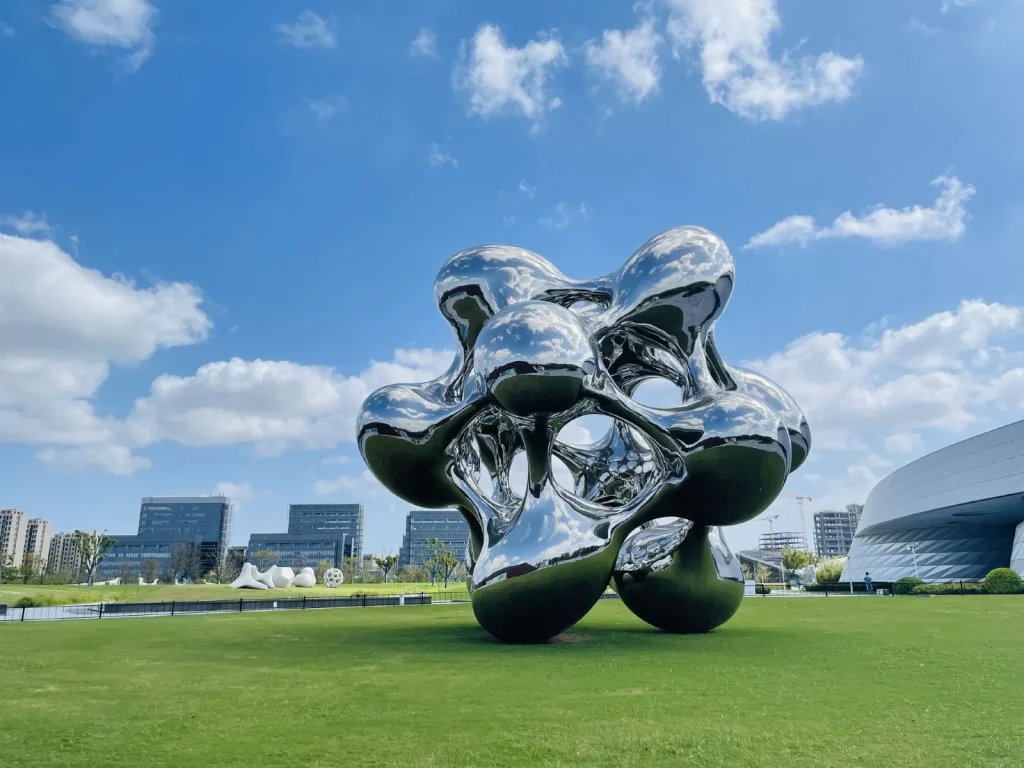Introduction
Nestled in the northwest of Yunnan Province, China, lies one of the most breathtaking natural wonders in Asia—Yulong Xueshan, more widely known as Jade Dragon Snow Mountain. This majestic mountain range rises over 5,500 meters and is crowned with snow-covered peaks that shimmer under the sun year-round. Its cultural significance, stunning landscapes, and accessibility make it a must-visit destination for nature lovers and adventure seekers.
This comprehensive travel guide provides everything you need to know about exploring Jade Dragon Snow Mountain. From the best time to visit and top attractions to transportation tips and cultural insights, we’ll help you plan an unforgettable journey. Whether you’re an experienced hiker or a first-time traveler to Yunnan, this guide covers practical details and hidden gems alike.
With its unique alpine scenery and deep ties to the Naxi ethnic group, the mountain offers more than just photo opportunities. It’s a place where nature, myth, and history converge. Read on to discover how to experience the magic of Jade Dragon Snow Mountain responsibly and meaningfully.
Where Is Jade Dragon Snow Mountain Located?
Jade Dragon Snow Mountain is located about 15 kilometers north of Lijiang City in Yunnan Province. It forms part of the Hengduan mountain range and lies at the southern edge of the Qinghai-Tibet Plateau. The nearest major airport is Lijiang Sanyi International Airport, making it relatively easy to reach for international and domestic travelers.
The mountain spans over 25 kilometers from north to south. It features 13 main peaks, with Shanzidou being the highest at 5,596 meters. Unlike many high-altitude mountains in Tibet, Jade Dragon Snow Mountain is accessible without requiring special permits or extensive mountaineering gear.
Its proximity to Lijiang Old Town, a UNESCO World Heritage Site, makes it a popular day trip or weekend getaway. Visitors often combine a cultural tour of the ancient town with a scenic journey up the mountain. The area is also part of the Three Parallel Rivers UNESCO World Heritage Site, known for its rich biodiversity.
Key Access Points
– Lijiang Ancient Town: Main starting point for tours
– Baisha Village: Historic Naxi village near the mountain base
– Yunshanping: Grassland area with cable cars
– Glacier Park: High-altitude destination via cable car
The Myth and Cultural Significance
For the local Naxi people, Jade Dragon Snow Mountain is more than a physical landmark—it is a sacred symbol. According to Naxi legend, the mountain is home to the god Samdo, who protects the region and its people. The snow-capped peaks are believed to be the frozen breath of this divine guardian.
The Naxi Dongba religion, one of the last surviving pictographic writing systems in the world, includes many references to the mountain. Rituals and festivals are often held at its base, especially during the spring and autumn equinoxes. These events feature traditional music, dance, and offerings to honor the mountain spirit.
Visitors are encouraged to respect local customs. For example, it’s considered disrespectful to point directly at the summit with a single finger. Instead, use an open hand when gesturing toward the peak. This small gesture reflects the deep reverence the Naxi have for their sacred landscape.
Understanding the cultural context enhances the travel experience. It transforms a scenic hike into a journey through living heritage. When you visit Jade Dragon Snow Mountain, you’re not just seeing nature—you’re engaging with centuries of spiritual tradition.
Best Time to Visit Yulong Xueshan
Timing your trip correctly can make a big difference in your experience. The best months to visit Yulong Xueshan are from March to May and September to November. During these periods, the weather is stable, skies are clear, and visibility is excellent.
Spring brings blooming wildflowers at lower elevations, while autumn offers crisp air and golden larch forests. These shoulder seasons also avoid the peak crowds of Chinese national holidays, such as Golden Week in October.
Summer, from June to August, is the rainy season. While the mountain is lush and green, frequent clouds and fog can obscure views. Winter, from December to February, is cold and snowy. Though fewer tourists come, the cable cars may close due to ice, and roads can be slippery.
Monthly Weather Overview
| Month | Temperature (°C) | Conditions |
|---|---|---|
| March–May | 5–15 | Cool, clear skies |
| June–August | 10–20 | Warm, rainy, cloudy |
| September–November | 4–18 | Dry, sunny, ideal |
| December–February | -5–8 | Cold, snowy, fewer tours |
Top Attractions Around the Mountain
Jade Dragon Snow Mountain offers more than just panoramic views. The area is packed with diverse attractions that cater to different interests. Whether you love hiking, photography, or culture, there’s something here for you.
One of the most popular spots is Glacier Park, reachable via a high-speed cable car. At 4,506 meters, it offers close-up views of the mountain’s shrinking glaciers. On a clear day, the ice formations sparkle like diamonds under the sun. Due to altitude, visitors are advised to take it slow and bring oxygen cans.
Yunshanping, also known as Spruce Meadow, is a vast alpine grassland at 3,200 meters. It’s perfect for leisurely walks and offers sweeping views of the snow-capped peaks. In summer, yaks graze peacefully, and wildflowers bloom across the meadow.
Baisha Murals, located in a quiet village at the mountain’s base, showcase 14th-century Buddhist art influenced by Tibetan, Han, and Naxi styles. These ancient paintings are a hidden cultural treasure and often overlooked by mainstream tours.
Other notable sites include:
– **Blue Moon Valley**: Turquoise pools framed by pine forests
– **Laojun Mountain**: Part of the same range, great for trekking
– **Dongba Valley**: Home to Naxi ethnic performances
How to Get There and Get Around
Reaching Jade Dragon Snow Mountain is straightforward. Most travelers fly into Lijiang Sanyi Airport, then take a taxi or shuttle to Lijiang Old Town. From there, public buses or private cars can take you to the scenic area entrance in about 30 minutes.
The main entrance is near Ganhaizi, where you’ll buy tickets and board shuttle buses to different zones. There are three main cable cars:
– **Large Cable Car**: To Glacier Park (4,506m)
– **Medium Cable Car**: To Yunshanping (3,240m)
– **Small Cable Car**: To牦牛坪 (3,700m)
Taxis and private drivers are available for hire, but prices vary. Always agree on the fare before departure. For budget travelers, public buses cost around 15 RMB and run regularly from Lijiang Bus Station.
If you’re planning multiple visits, consider purchasing a two-day pass. It allows re-entry and saves money if you want to explore different sections on separate days.
Transportation Tips
– Book tickets online in advance during peak season
– Start early to avoid crowds and fog
– Wear layers—temperature drops with elevation
– Bring ID for ticket verification
Altitude and Health Considerations
One of the biggest challenges when visiting Jade Dragon Snow Mountain is the high altitude. Glacier Park sits at over 4,500 meters, where oxygen levels are significantly lower. Altitude sickness can affect anyone, regardless of fitness level.
Common symptoms include headache, dizziness, nausea, and shortness of breath. To reduce risks, spend a day in Lijiang (2,400m) to acclimatize before ascending. Drink plenty of water and avoid alcohol and heavy meals.
Oxygen cans are sold at the cable car stations and convenience stores. Many visitors find them helpful, especially at Glacier Park. If you have heart or respiratory conditions, consult a doctor before attempting high-elevation activities.
Children and elderly travelers should proceed with caution. The medium cable car to Yunshanping is a safer option for those sensitive to altitude. Always listen to your body and descend if symptoms worsen.
Photography Tips for Stunning Shots
Jade Dragon Snow Mountain is a paradise for photographers. The contrast between snow, sky, and valley creates dramatic compositions. The best light occurs during golden hour—shortly after sunrise and before sunset.
At Glacier Park, position yourself facing east for morning light on the peaks. Use a polarizing filter to reduce glare from the snow. In Blue Moon Valley, shoot from low angles to capture reflections in the water.
Weather plays a key role. Clear mornings after a night of snowfall offer the most vivid scenes. Fog can add mystery, but thick clouds may block the summit entirely. Check the forecast daily and plan shoots accordingly.
Don’t forget to capture cultural moments too. Naxi elders in traditional dress, prayer flags fluttering in the wind, and yaks on the meadow all add depth to your visual story.
Recommended Gear
– Wide-angle lens for landscapes
– Tripod for low-light stability
– UV/polarizing filters
– Extra batteries (cold drains power faster)
Eco-Friendly Travel Practices
As tourism grows, protecting the fragile ecosystem of Jade Dragon Snow Mountain becomes critical. The glaciers are receding due to climate change, and littering threatens local wildlife.
Visitors should follow Leave No Trace principles. Carry reusable water bottles, avoid single-use plastics, and pack out all trash. Stay on marked trails to prevent soil erosion and damage to alpine plants.
Respect wildlife—do not feed yaks or birds. Keep noise levels low, especially near sacred sites. When visiting Naxi villages, ask permission before photographing people.
Support sustainable tourism by choosing eco-certified tour operators and buying locally made crafts. Your choices help preserve the mountain’s beauty for future generations.
Conclusion
Jade Dragon Snow Mountain is more than a scenic destination—it’s a blend of natural grandeur and cultural depth. From its towering peaks and glacial valleys to the enduring traditions of the Naxi people, every aspect of this region tells a story.
By visiting with awareness and respect, you contribute to its preservation. Plan your trip during the ideal seasons, prepare for altitude, and explore both popular and lesser-known sites. Whether you’re standing at Glacier Park or wandering through Baisha Village, you’re experiencing a landscape shaped by time and belief.
We recommend combining your visit with a stay in Lijiang Old Town to fully appreciate the region’s heritage. Take time to learn a few Naxi phrases or attend a Dongba ceremony. These small acts deepen your connection to the place.
As climate and tourism pressures grow, responsible travel matters more than ever. Let your journey to Jade Dragon Snow Mountain be not just memorable, but meaningful. With careful planning and respect, this wonder of Yunnan will continue to inspire awe for decades to come.



